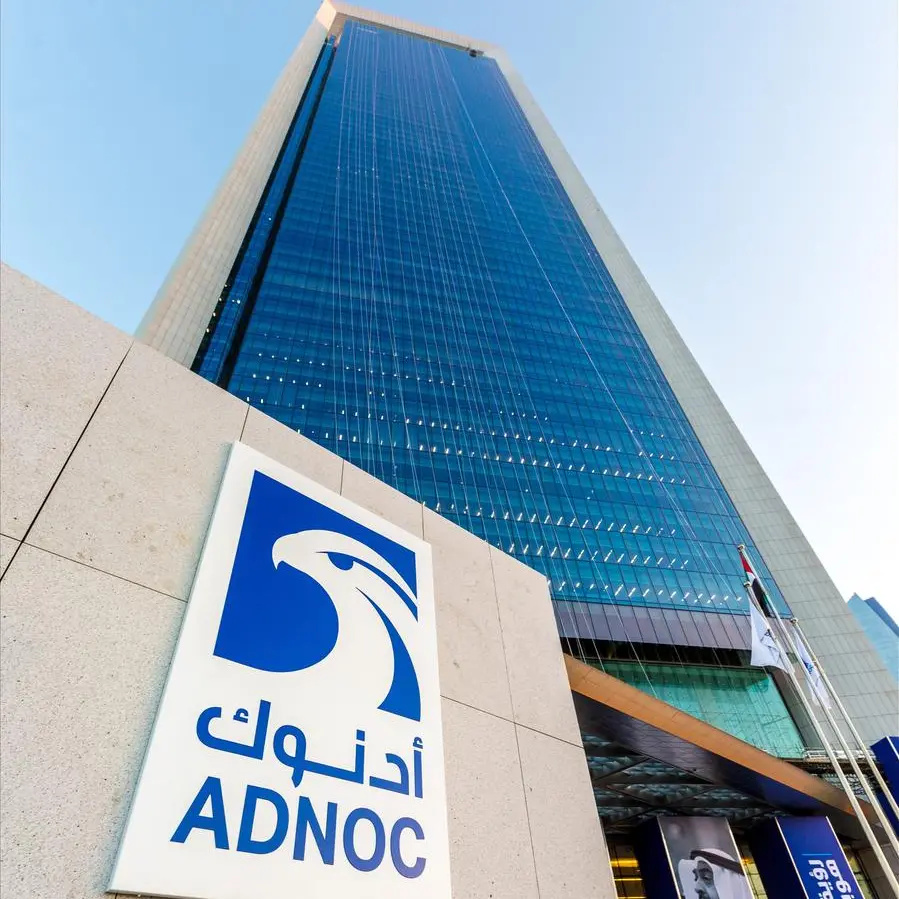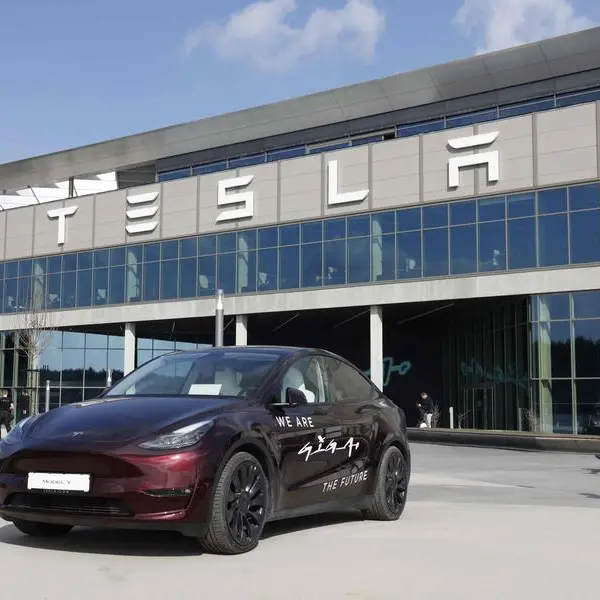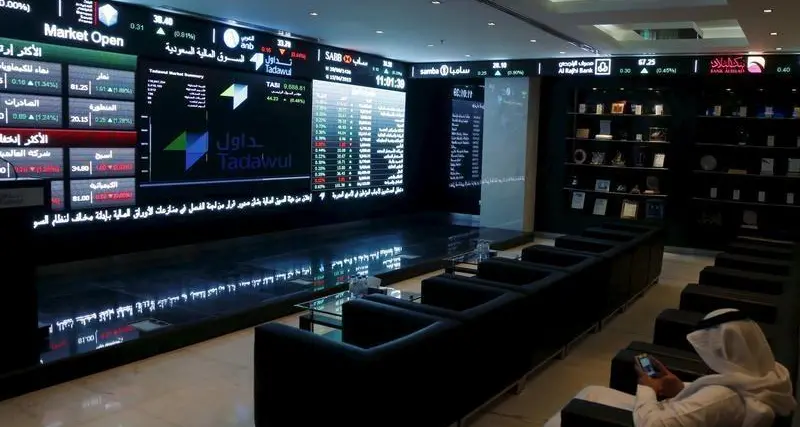Welcome to Zawya Markets. Each Sunday we will be featuring an interview with a different analyst or markets expert from around the region.
If you would like to participate please email gerard.aoun@refinitiv.com.
1) What is your view for capital markets in the Middle East and North Africa, and to which markets do you expect to increase / decrease allocations in the near-future?
We are positive on MENA equities for both secular and cyclical reasons:
Our secular reasoning is as follows:
- The oil crash has been a once-in-a-life time opportunity for the region to reinvent itself. We are seeing major economic, societal and capital markets reforms being implemented and this should help MENA to move into a post-oil era with a more diversified economy and greater representation and activity in the capital markets arena (e.g Saudi inclusion into MSCI and FTSE emerging market indices).
- The geopolitical situation aside, MENA is full of attractive companies & opportunities to generate alpha (80 percent of the volume is retail money, the market is under-covered by sell-side research, etc.);
- There are still very low foreign ownership ratios (i.e FDIs can only go upward);
- MENA is de-correlated from other emerging markets because may countries have a dollar peg and solid fundamental, and the region is an oil exporter.
- Based on these points, we believe that MENA capital markets have entered into a virtuous circle. The inclusion of Saudi & Kuwait stocks into EM indices will attract passive and active foreign flows. These foreign investors will require more transparency and improved governance, the flows will also improve liquidity and so valuations will adjust upward over time. All of this will help to boost market performance, attracting more foreign flows, etc.
The cyclical reasoning for confidence is:
- Asset allocators and global emerging markets fund managers will continue to favour the region (in particular GCC countries) given limited currency risk (due to the dollar peg).
- Unlike many other EM countries, GCC countries are set to benefit from rising oil prices
- The region has limited exposure to any potential trade war (compared to Asia, for instance)
- Valuations remain decent, except for some large-cap stocks in Saudi or Qatar.
- The strong fundamentals of the region (foreign reserves, low debt, fiscal stability and the dollar peg) also attract flows versus weak EM countries, such as Turkey and Argentina..
2) What are the biggest risk factors both for MENA markets and global markets in the coming weeks?
When it comes to global markets, the biggest risks are a trade war, a dollar shortage (the cumulative effects of quantitative tightening and massive treasuries issuance in the United States are soaking up dollar liquidity in the rest of the world), too optimistic growth expectations (for GDP and earnings) for 2019, rising interest rates, Italexit/Brexit risks or an unexpected credit/liquidity event.
Within MENA, GCC countries are much less exposed to these risks than most EM countries. However, geopolitics, or a brutal drop in oil prices could create some downside risk for the GCC. Egypt could also suffer from the dollar shortage issue or credit spreads widening.
3) How do you think the Saudi non-oil economy will perform for the remainder of this year and next? Is there much evidence of Vision 2030 policies filtering through in terms of economic growth yet?
Saudi Arabia posted a sharp decline in fiscal deficit for the third quarter. Earlier in the month, the finance ministry released a pre-budget statement for the first time. The Minister said they expect the Kingdom’s GDP, which contracted in 2017, to expand by 2.3 percent next year. We see this statement as a further step in the direction to enhance disclosures and transparency and this should be welcomed by investors. It is also a clear message to the private sector that the government is willing to support economic growth
4) What is your view for oil prices?
On the supply side, the state of global supply is precarious at best. In fact, it’s in the worst condition since the Arab uprising seven years ago.
There is basically no spare capacity at a time when Iran isn’t the only issue. Venezuelan production is falling, and there are issues in Angola, Libya, Nigeria - everywhere in the world.
While US oil output continues to surge, it has not been enough to fill the void in the global market. Indeed, there has been a perfect storm, with demand stronger than expected, compliance with the OPEC-plus agreement being stronger than anticipated and a huge decline in capital expenditure in the sector (down 52 percent between 2014-2017). All of these have created an oil market deficit, and although Saudi Arabia has boosted output, the goal for this was merely to keep prices in check.
On the demand side, the outlook is now being affected by emerging markets concerns and the rising dollar. We are also seeing speculators (including hedge funds) unwinding huge net long positions – hence the recent correction.
Given the current supply / demand situation, and in light of a potential economic slowdown next year, coupled with US production picking up, we believe that oil prices will remain volatile but should stay around current levels.
5) What is your view on Egypt? How successful have they been in their multi-year reform program?
Egypt was the darling of MENA equity investors between January 2017 and April 2018, when the EGX30 recorded a gain of 65 percent in dollar terms. Since then, the pressure on emerging market currencies and equities, and stronger oil prices have taken their toll.
The EGX30 has entered a bear market, falling 30 percent (in dollar terms) from its peak on April 26th, giving up all its year-to-date gains and underperforming the broader S&P Pan-Arab index.
This steep decline also coincided with the recent disclosure that net foreign assets at Egyptian banks had turned negative for the first time since April 2017, as well as the resurfacing of a stock manipulation case. Furthermore, the strong upcoming IPO pipeline (10 primary and secondary offerings) planned for Q4 2018 is raising concerns about the market’s ability to absorb such issuances, amid current liquidity levels.
On our side, we remain positive on Egypt. Supported by broad reforms and with multiple catalysts ahead (stable or falling interest rates, continued recovery in tourism and increased gas output), Egypt equities have to potential to deliver healthy returns.
While certain domestic issues can partly justify the recent plunge of the Egyptian stock market, we believe that most of the weakness can be explained by the broad sell-off which has been taking place within emerging equity and currency markets. This indiscriminate sell-off has created some very attractive alpha opportunities, which led us to increase our overweight stance on Egypt. However, selection remains key.
At this stage, we focus on industrial companies that are infrastructure related. Over the coming months, we might shift to consumer stocks if salaries catch up.
6) What do you think of GCC bonds? Which opportunity do they offer?
I believe that GCC bonds offer great value for a number of reasons.
First, GCC fundamentals are among the strongest in the world. GCC currencies are stable and pegged to the US dollar, while GCC countries have low debt levels, ample foreign reserves and benefit from fiscal stability.
This is in sharp contrast with many other emerging markets which are currently struggling with their currencies (due to the global dollar shortage), and which face widening budget deficits, depleting foreign reserves and rising debt levels.
In contrast to conventional wisdom, the GCC/MENA region is not a low-growth region. Actually, MENA GDP growth in aggregate has been outperforming the rest of the world over the last 10 years (3.5 percent for MENA, versus 3.2 percent for world GDP).
I would also point out that four out of six GCC countries are currently investment-grade. And should we use the Net Foreign Assets methodology used by the IMF, these four countries (UAE, Saudi Arabia, Qatar and Kuwait) are among the wealthiest in the world, ahead of most G7 countries.
Before the oil crisis, GCC bonds suffered from very little interest by international investors. One explanation was the lack of issuance – GCC sovereign and quasi-sovereign issuers didn’t have to tap the bond market.
Now, there is $400bn of outstanding GCC debt - of which $87bn was issued in 2017. GCC bonds issues have been well received by international investors - more than 75 percent of GCC-issued bonds in 2017 were absorbed by non-GCC investors. The pace of issuance continues unabated in 2018 – in the first half of this year, 43 percent of dollar-denominated sovereign bond deals came from MENA issuers.
Another reason for the low representation of GCC bonds in global portfolios was the fact that GCC bonds were not part of the JP Morgan EM bond index, given that the GCC average per capita income is much higher than other emerging markets. But this is changing as well as JP Morgan has tweaked its classification. From January 2019, JPM EM bond index will start to progressively include GCC bonds, which means that $60 billion of passive and active flows should be expected. Over time, the GCC is expected to comprise 18 percent of the index, on par with EM Europe and EM Asia.
Last, but not least, GCC bonds are underpriced – in part because of their under-representation in indices, but also because of a geopolitical risk premium. The spreads GCC bonds are currently trading at do not reflect the strength of the fundamentals and we believe that these spreads should tighten over time.
7) What is your view for the US dollar?
The dollar is getting stronger as the US economy continues to bifurcate with the rest of the world. This is leading real 10-year bond yields to massively diverge with 10-year German bond yields, for instance, or the 10-year Japan bond yield.
The rise of the dollar is also translating into higher offshore funding (i.e higher interest rates), which is putting huge pressure on dollar-indebted countries and corporations, such as in Turkey. Another consequence of the rise of the dollar is the unloading of "carry trade" positions.
The potential ways for this dollar strengthening to stop include talk of trade wars calming down, China announcing a stimulus or the US Fed acknowledging growing headwinds and delaying further rate hikes.
However, the FED seems unlikely to blink unless the emerging markets crisis becomes considerable worse, and China may be reluctant to announce a stimulus as previous attempts to do so have caused either inflation pressure (post-2009) or imbalances in the financial sector (post-2016). Therefore, it seems too early to short the dollar.
8) What is your view on the trade tensions between the U.S. and China? Do you expect an end to the trade war soon?
A trade war is seen by the majority of investors as the biggest risk for the markets. Indeed, Global trade has grown at a rapid pace over the past few decades and has been accompanied by relatively strong global GDP growth.
In our opinion, no one benefits from a trade war, especially one in which the tariff-imposing country is raising costs on its own consumers. This is a cause for concern, particularly if escalation builds.
While it's tough to say anyone wins a trade war, thus far the U.S. appears the least hurt.
At the time of writing, we are seeing between $120 and $240 billion in tariffs imposed, while US fiscal policy is likely to deliver $800bn of tax relief in 2018;
Meanwhile, signs of weakness in China are spreading. Chinese factories' export orders slumped for the fifth month in row in September, according to official data. The decline in orders coincided with the escalation of trade hostilities with the United States, which began in earnest in late March. And the Shanghai Composite index has meaningfully decoupled from the S&P index, while the yuan has been weakening, contributing to the collapse of the MSCI Emerging Markets Forex index.
There is one very important point we have learned with US President Donald Trump since the start of last year. Trump is a believer that it takes great risks to reach great results. On many occasions, he bluffed by raising the bar very high in order to be able to offer concessions from a higher starting point.
Now that mid-Term elections are over and given the high likelihood of increased gridlock in Congress, President Trump may fall back on policy areas that do not require legislative approval, such as trade. We believe the administration will continue to use tariffs to pressure trading partners, especially China. A Democratic House of Representatives poses some risk to passage of the implementing legislation for the US-Mexico-Canada Agreement (USMCA), but the deal should eventually be approved. The outcome on the US-China trade policy is unlikely to be affected by the mid-term elections results, which means that additional tariffs in 2019 are more likely than not – although, we believe that a positive surprise at the next G20 cannot be ruled out.
9) What is your view for gold prices?
Gold has been a poor diversifier so far this year. There are three reasons for this: 1) the strength of the dollar (which is inversely correlated); 2) the rise of real interest rates (you don’t want to own a zero-yielding asset when real interest rates are on the rise); 3) The slowing growth situation in emerging markets such as India (which are strong source s of buyers).
As long as these three factors do not evolve in a favorable way, we don’t expect gold to do well.
10) How would the EM inclusion for Saudi Arabia help the region?
The inclusion of Saudi Arabia in the main EM indices (MSCI & FTSE) is a major event for the region.
First, in terms of capital flows – we expect $60bn inflows from the seven phases of inclusion expected into MSCI and FTSE EM indices ($20 billion passive, and $40 billion active. We believe that this inclusion is still underplayed by the market, as we have only seen $2.9bn of inflows so far this year date.
But EM indices inclusion is not just a Saudi story –Kuwait has two phases of inclusion into FTSE this year, and a potential MSCI upgrade in June 2019
Going forward, we expect MENA markets to have a weight of 5 percent in the MSCI & FTSE EM benchmarks by 2020 (up from 2 percent currently). The planned IPO of Aramco by 2021 should add a further 2 percent. With a total of 7 percent, the weight from the region should not be far that of Latin America. With such a weight in the main EM index, global asset allocators will not be in a position to avoid the region anymore – this is a major event which should trigger the virtuous cycle mentioned earlier.
(Editing by Gerard Aoun and Michael Fahy)
(gerard.aoun@refinitiv.com)
Any opinions expressed here are the author’s own.
If you would like to participate in the Zawya Markets Weekly Q&A please email gerard.aoun@thomsonreuters.com.
Our Standards: The Thomson Reuters Trust Principles
Disclaimer: This article is provided for informational purposes only. The content does not provide tax, legal or investment advice or opinion regarding the suitability, value or profitability of any particular security, portfolio or investment strategy. Read our full disclaimer policy here.
© Opinion 2018












